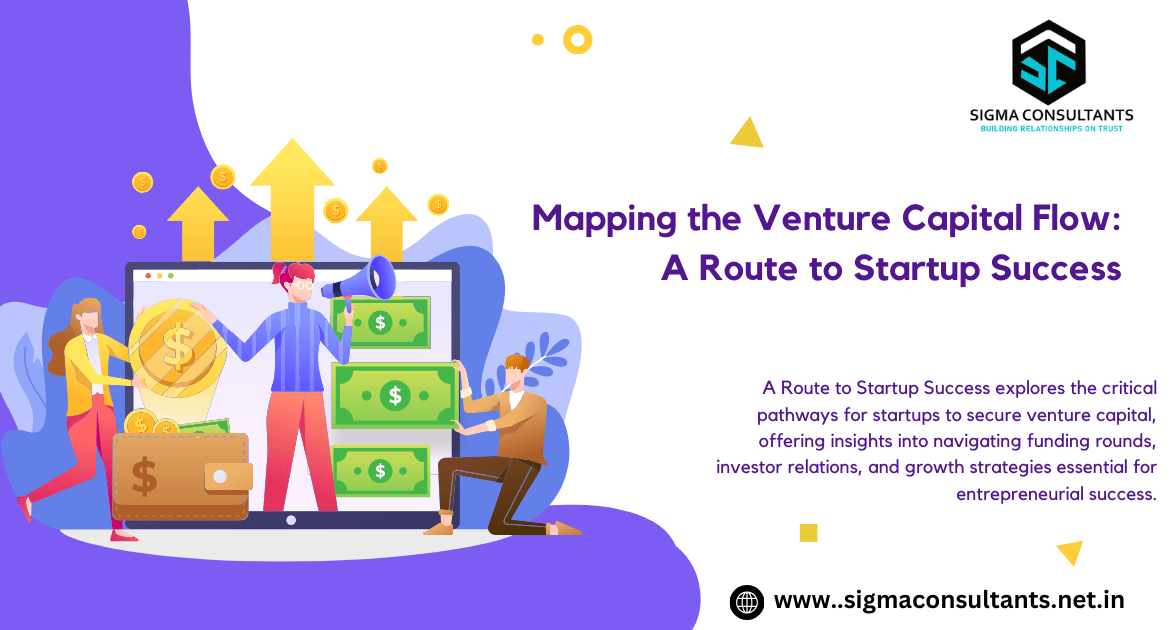
Introduction
Have you ever wondered how a brilliant startup transforms into a multi-million dollar company? journey of startup funding is often complex, filled with challenges, networking, and strategic moves. At the heart of this ecosystem is venture capital—a financial powerhouse that fuels the growth of innovative companies. In this article, we will explore the venture capital flow route map, unpacking its intricate pathways and shedding light on how startups can navigate this vital landscape to secure funding.
Understanding Venture Capital
What is Venture Capital?
Venture capital (VC) is a form of private equity that provides funding to early-stage businesses with high growth potential in exchange for equity, or ownership stake. VC firms typically focus on sectors like technology, biotechnology, and clean energy. Here’s a simple breakdown:
- Investment Size: Generally, VCs invest amounts ranging from hundreds of thousands to millions of dollars.
- Investment Stage: VCs usually target startups that are either in the seed stage, early stage, or growth stage.
- Return Expectations: Returns on investment are expected within 5-10 years, often through a company’s IPO or acquisition.
The Importance of VC in the Startup Ecosystem
Venture capital plays a crucial role in fostering innovation and driving economic growth. According to the National Venture Capital Association, venture capital-backed companies accounted for millions of jobs and contributed significantly to the country’s GDP.
“Venture capital isn’t just about funding; it’s about enabling visionary entrepreneurs to bring their ideas to life.”
The Venture Capital Flow Route Map
The Funding Journey
Understanding the path that venture capital takes—from investors to startups—is essential for entrepreneurs seeking funding.
1. Sources of Venture Capital
The journey begins with fundraising from investors, who can be categorized as follows:
- Angel Investors: Typically affluent individuals who provide capital for startups, often in exchange for convertible debt or ownership equity.
- Venture Capital Firms: Pools of funds collected from various investors that focus on providing funding to startups.
- Corporations: Large companies may establish venture arms to invest in startups that complement their business models.
2. The Selection Process
Once a startup pitches its idea, the selection process involves rigorous evaluation, including:
- Pitch Deck Presentation: Entrepreneurs present their business plans, financial projections, and market analysis.
- Due Diligence: VCs conduct thorough background checks, including financial audits and competitive analysis.
- Term Sheet Negotiation: If initial evaluations are favorable, terms regarding investment size, equity stake, and governance rights are negotiated.
The Flow of Capital
The flow of capital is critical to understand how funds move from VCs to startups.
1. Funding Stages
Typically, funding is distributed across different stages:
- Seed Stage: Initial funding to develop a prototype or conduct market research.
- Series A: Funds aimed at scaling the business model and acquiring users.
- Series B and Beyond: Subsequent rounds for expansion, entering new markets, or product development.
2. Exit Strategies
The ultimate goal for both VCs and startups is an exit strategy that provides returns on investment:
- Initial Public Offering (IPO): A company goes public, selling shares to investors.
- Acquisition: The startup is purchased by another company, providing a lucrative exit for investors.
The Role of Networking in Securing VC Funding
Building Relationships
Networking is a critical component in securing venture capital. Here are key tips for entrepreneurs:
- Attend Conferences: Engage in industry events to meet potential investors and mentors.
- Join Startup Accelerators: These programs often provide funding, mentorship, and networking opportunities.
- Utilize Online Platforms: Leverage sites like LinkedIn and AngelList to connect with VCs.
The Power of Referrals
Highly regarded referrals can significantly enhance a startup’s credibility. If someone within an investor’s network advocates for a startup, it can lead to more favorable consideration.
Common Challenges in the VC Journey
Navigating Setbacks
While venture capital can provide startups with a significant boost, the road is fraught with challenges:
- High Competition: With thousands of startups vying for attention, standing out is critical.
- Misalignment of Vision: Sometimes, startups and VCs may have differing goals, leading to potential conflicts.
- Economic Downturns: Economic challenges can affect capital availability and investor sentiment.
Conclusion
Navigating the venture capital flow route map requires strategic planning, persistence, and insight into the multifaceted world of funding. By understanding the processes, building strong relationships, and preparing for challenges, entrepreneurs can effectively position themselves for success. If you’re a startup founder, consider your next steps and assess whether you are ready to embark on this exciting journey.
Remember, every successful startup has a unique story—and yours could be next!


